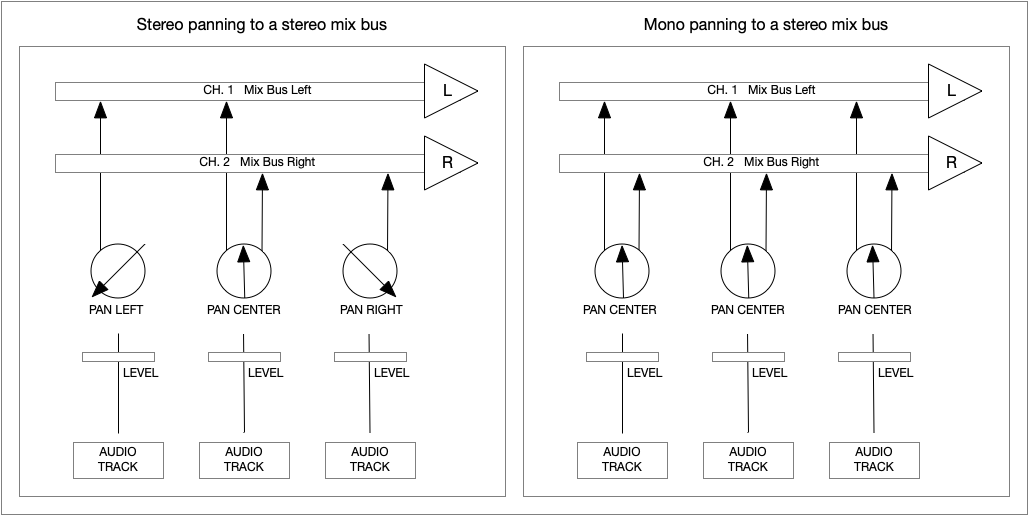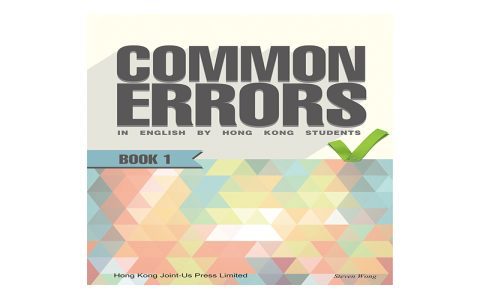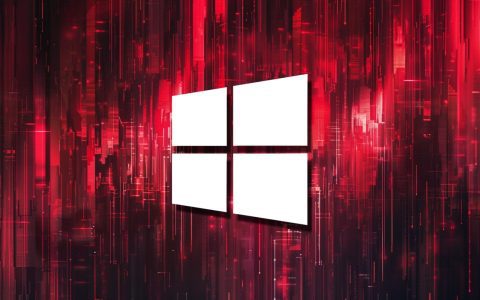Stereo mixing and mono mixing represent two distinct audio formats, each with specific applications. Understanding their differences helps optimize your audio experience based on context.
Defining Stereo and Mono Mixing
Stereo mixing uses two audio channels (left and right) to create depth and spatial dimension. Mono mixing combines all audio signals into a single channel for uniform playback.
Key Differences and Advantages
Stereo Mix:

- Offers immersive sound with directional cues.
- Best for music production, movies, and immersive media.
- Drawbacks include larger file sizes and potential for phase issues in poor speaker setups.
Mono Mix:
- Provides clarity and consistency across all devices.
- Ideal for voice-based content like podcasts, phone calls, and accessibility tools.
- Drawbacks include a flat, non-directional sound experience.
When to Choose Each Format
Opt for stereo mix if: You prioritize immersive environments, such as music listening or gaming. It enhances emotional engagement but requires stereo-capable equipment.
Choose mono mix if: Clarity and efficiency matter, like in mobile audio or content for listeners with hearing impairments. It ensures consistent volume and reduces file sizes, aiding streaming and storage.
Practical Recommendation
Stereo excels for entertainment where spatial depth enhances immersion. Mono shines for voice-focused applications demanding accessibility. Assess your content type, audience needs, and playback devices to make the optimal choice.










